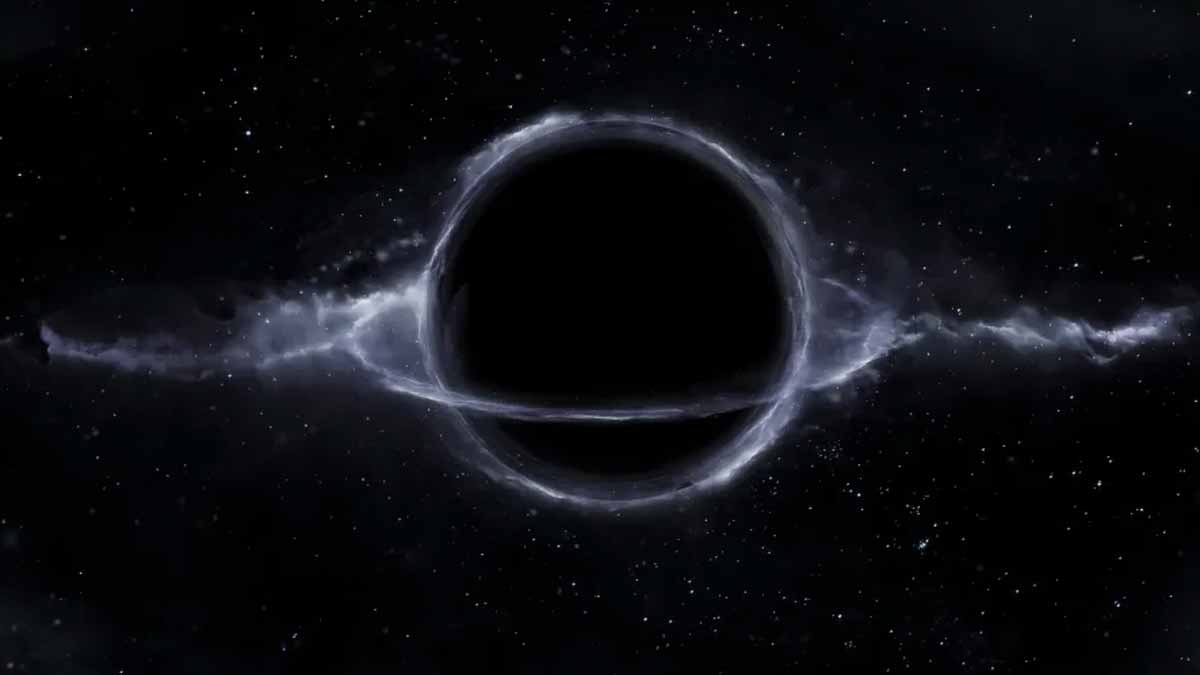Signals from deep space hint at a breakthrough hiding in plain sight: a population that reshapes how we think about gravity, matter, and time. The case grows stronger for a new class of black holes. Evidence from independent teams aligns, and the implications reach far beyond theory, raising urgent questions that demand attention without giving away what lies behind the curtain.
Why intermediate objects matter in cosmic history
Intermediate objects bridge a puzzling mass desert. Most known remnants sit below 50 solar masses or leap into the millions, yet new candidates cluster in between. Vanderbilt astrophysicist Krystal Ruiz-Rocha places typical values near 100–300 Suns, a band that preserves clues about early stellar life cycles and death. These black holes act like cosmic fossils because their masses and spins record violent origins in plain physics.
During the 2019–2020 observing run, the detector network logged eleven mergers whose combined detector-frame masses exceeded 100 Suns. The team then tested each event with three waveform families using a Bayesian code called RIFT. Five mergers emerged as confident remnants between 110 and 350 solar masses, expanding the census of middleweights and tightening uncertainty with cross-checked models and robust inference.
How LIGO and Virgo weigh black holes in a blink
Gravitational-wave signals can last less than half a second, yet they still carry precise information. The wave shape encodes masses, spins, and orbital geometry, so researchers compare data to families of theoretical waveforms. This pattern-matching works even when signals are brief, because the phase evolution ties directly to energy loss and motion. RIFT accelerates that search, evaluates competing models, and outputs consistent posteriors.
The approach matters most in the low-frequency band, where ground-based detectors face seismic and environmental noise. Analysts therefore check events against multiple waveform families to avoid bias, then fold in Bayesian priors to stabilize weak cases. Across the sample, five remnants clear the 100-solar-mass threshold with more than a 95 percent chance, setting records among gravitational-wave sources while keeping systematic errors in view.
Finding real signals in a noisy, low-frequency band
Intermediate candidates sit where detectors hear fewer cycles, so false alarms loom. Teams combat this with parallel waveform models, improved noise subtraction, and population-level checks. When the same masses and spins appear across independent pipelines, confidence rises, and background estimates shrink. An image set centered on Omega Centauri highlights one promising environment, where dense star fields can nurture repeated encounters and fast ejections.
Because the search targets subtle features, analysts also examine spin directions and mass ratios for consistency. Anti-aligned spins—tilted opposite the orbit—fit dynamical formation inside crowded clusters rather than quiet binary evolution. Even faint mergers, when cross-validated, can reveal black holes with reliable parameters. That blend of modeling and statistics turns short murmurs into measurements that anchor an emerging population map.
Why repeated smash-ups build bigger black holes in clusters
Stellar theory predicts a pair-instability supernova that disrupts stars with cores in a hot, explosive regime, blocking remnants between about 60 and 120 solar masses. Yet at least one pre-merger object here lands inside that gap, and two perch above it. Hierarchical mergers explain the breach: smaller remnants collide inside young clusters, where escape speeds run high and companions stay plentiful.
Stacking events raises masses step by step and randomizes spin directions. Several lite candidates show spin tilts consistent with dynamical assembly, strengthening the case. Because cluster interactions swap partners and harden orbits, they also set up future collisions on human-detectable timescales. The result is a conveyor belt from ordinary remnants to middleweights, built by gravity, density, and time rather than single-star collapse.
What Earth, space, and the Moon will reveal next
Space-based antennas will hear binaries years before they crash in ground detectors. NASA and ESA’s LISA, slated for the mid-2030s, targets low frequencies unreachable from Earth, so teams can track slow inspirals and map likely birthplaces. Researchers also explore lunar concepts; as Anjali Yelikar notes, lower frequencies accessible from the Moon could expose environments that shape these systems and their histories.
Combining Earth, space, and lunar platforms stretches waveforms from minutes to years and yields a full biography for each merger. Across today’s sample, distances span roughly 2.5 to about 37 billion light-years in travel path, reflecting cosmic expansion and depth. Five events likely left remnants above 100 solar masses, the heaviest yet in this channel, and they point to black holes that may link stellar and supermassive realms.
How these middleweights reshape origin stories for galaxies and stars today
Evidence keeps tightening: a set of mergers, tested with multiple waveform families and Bayesian tools, builds a case for a robust intermediate population. These black holes refine models of cluster dynamics, galaxy growth, and the first heavy stars. With every detection, astronomers improve the census, probe the pair-instability gap, and move closer to the long-sought foundations of today’s luminous structure.
